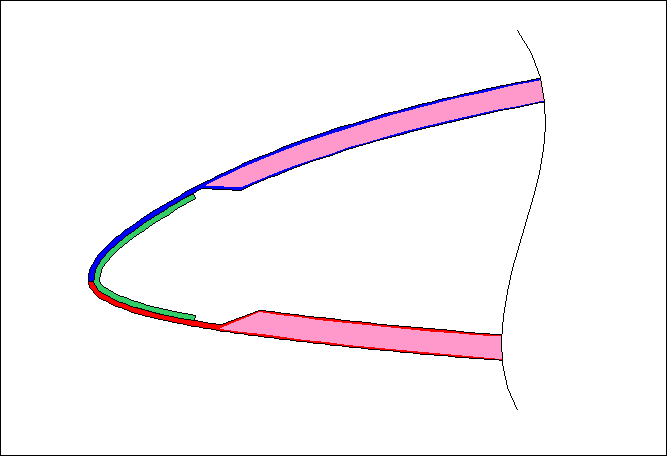
In the course of developing the HP-24, I encountered many ideas that have merit, but which for various reasons I did not adopt. This Update presents one such.
Another relatively lightweight and convenient way of joining upper and lower wing skins is with an internal doubler at the leading edge that is molded separately from the wing skins. Here we see the cross-section of one such joint across a section of leading edge. The upper skin is shown in blue, the lower skin is shown in red, and the doubler is shown in green:

This joint arrangement can be found in many modern European production sailplanes.
The greatest advantage of this arrangement over that of molding the joggle into the upper skin is that it simplifies the vacuum bagging of the upper wing skin. With the joggle molded into the upper skin it can be difficult to arrange the vacuum bag so that it properly conforms to the inner surface of the joggle. With the joggle molded separately, it is easier to get good conformance of the vacuum bag.
This joint arrangement can be heavier than the integrally molded joggle, since there is more material required. However, the extra material does contribute to the panel stiffness of the leading edge, so the extra weight is doing some good.
Probably the greatest reason I did not adopt this arrangement is that it makes the wing bonding operation more fiddly. With the integrally-molded joggle, you know that the joggle will fit right just about every time. With the doubler, you have to make an extra part, and then use alignment jigs and whatnot to fit the doubler into the upper skin before you can bond it to the lower skin. I'd rather build the joggle into the upper skin, accept the extra difficulty in arranging the vacuum bag, and be done with it.
Anyhow, we start building this joint by making the internal doubler. As shown in the following sketch, you can make the doubler either in a female mold, or on a male plug. Since the exact profile is not critical, you can probably even mold the doubler on the exterior surface of the wing plug used to make the molds.
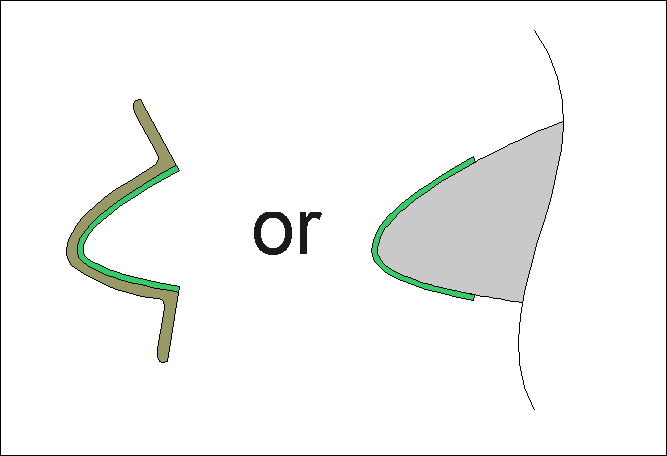
Then we lay up the upper wing skin...

And then bond the doubler into it, using whatever tools and jigs are required for this purpose.
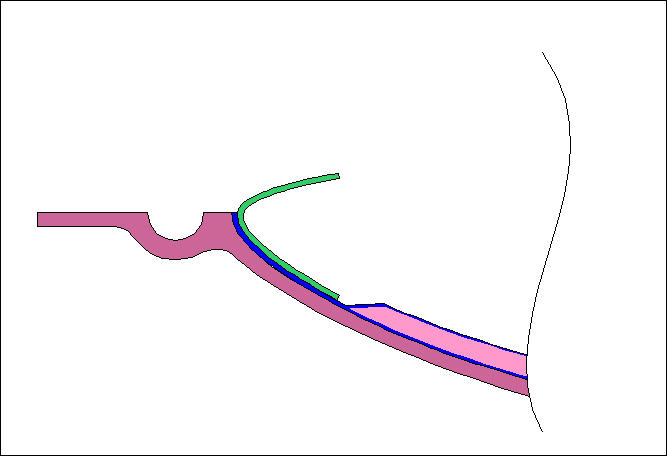
Then we lay up the lower skin, do a rollover and position it over the upper skin, and apply bonding paste to the doubler.
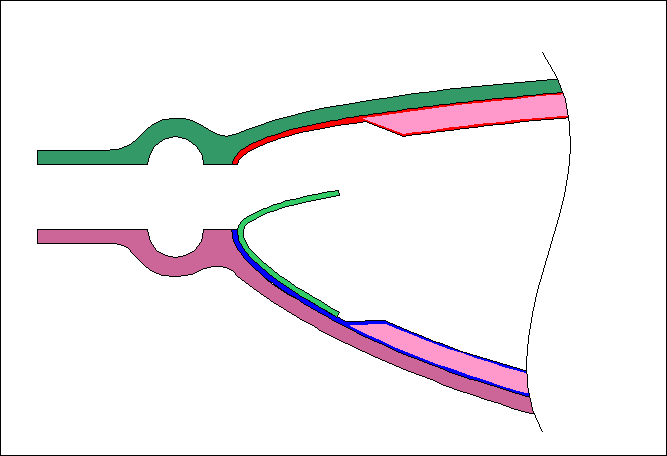
And then, of course, we clamp them together and let the bonding paste set.
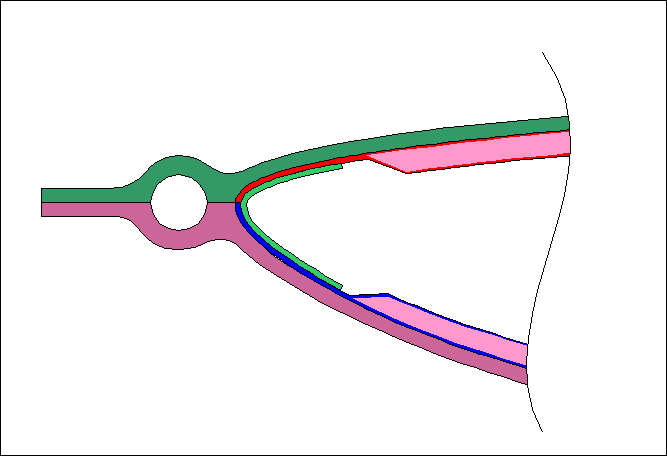
Once the bonding paste is cured, we crack open the molds and liberate the bonded parts.
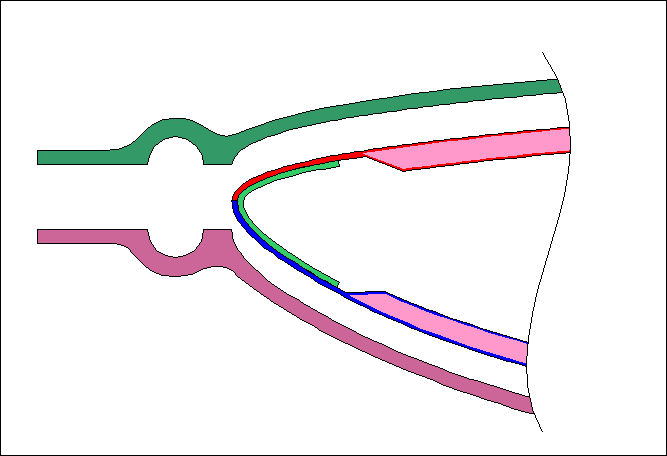
In the next Update, I'll show another strange leading edge joint I've encountered inside small parts such as horizontal stabilizers and elevators.
page updated 23 August 2006 all text and graphics copyright (c) 2006 HP Aircraft,
LLC